Explanation
The Jinpo Maritime Theme Park opened in 2008 to commemorate Jinpodaecheop, the sweeping victory of Jinpo in the naval combat against the Japanese forces led by General Choi Mu-seon in 1380. Constructed with a scenic backdrop of the local port and the vast sea, the park houses 16 retired military crafts of 13 models. On display at the park are vintage tanks, historical artillery, combat planes, and warships including the Wibongham Ship, a vessel that was used in combat during the Vietnam War. Visitors can also explore the interior of decommissioned warships. The exhibition hall inside the Wibongham Ship showcases weapons used during the Jinpodaecheop War, artillery made by General Choi Mu-seon, and the typical life inside the warship.
Inquiry
+82-63-454-7873
Homepage
www.gunsan.go.kr/tour (Korean only)
Information Use
Capacities : 3,000 people
Experience Guide : * Gunsan History Tour with Choi Mu-seon
- Information Center
- Time Tunnel
- Choi Mu-seon and the artillery
- Victory, Jinpodaecheop
- World naval battles
- Dream Hub, Gunsan
- The history of battle ship
- 4D theater
* Special Tour of the Wibongham Ship
- Steering house
- Telescope
- Stage (on-board concert)
- Photo zone
* One-day Navy Experience
- Naval life experience
- Wibongham Ship Story
- The history and the future of the Korean Navy
- Maritime exhibition hall
- Exhibition hall of war relics
Contact and Information : • 1330 Travel Hotline: +82-2-1330
(Korean, English, Japanese, Chinese)
• For more info: +82-63-454-7873
Opening day : May 5, 2008
Parking facilities : Available (Small vehicles: 50 parking spaces / Large vehicles: 5 parking spaces)
Day off : New Year’s Day
Hours : Summer season 09:00-18:00
Winter season 09:00-17:00
* Last admission: 30 min before closing
More information
Tour Course Information
Geumgangho Tourist Park → Migratory Bird Observatory → Geumgang Estuary Bank → Chae Man-sik Literary House → Jinpo Maritime Theme Park → Wolmyeong Park → Eunpa Recreation Area → Saemangeum Embankment (approx. 7 hrs.)
Available Facilities
Wibongham Ship, retired warships, historical artillery, F-86 combat planes, vintage tanks, experience hall, 4D theater, etc.
Restrooms
Available
Admission Fees
[Jinpo Maritime Theme Park (Wibongham Vessel)]
Individuals - Adults 1,000 won / Teenagers 700 won / Children 300 won
Groups - Adults 700 won / Teenagers 400 won / Children 200 won
* The admission applies to visit to Wibongham Vessel only. Ticket purchase not necessary for touring other area of Jinpo Maritime Theme Park
[Integrated admission to 4 major tourist sites (Gunsan Modern History Museum, Jinpo Maritime Theme Park (Wibongham Vessel), The Bank of Joseon, Modern Architecture Museum (Former Incheon Branch of Japanese Bank No. 18)]
Individuals - Adults 3,000 won / Teenagers 2,000 won / Children 1,000 won
Groups - Adults 2,000 won / Teenagers 1,000 won / Children 500 won
* The integrated admission tickets are available at the Gunsan Modern History Museum only.
Location
12, Naehang 1-gil, Gunsan-si, Jeonbuk-do (Jangmi-dong)
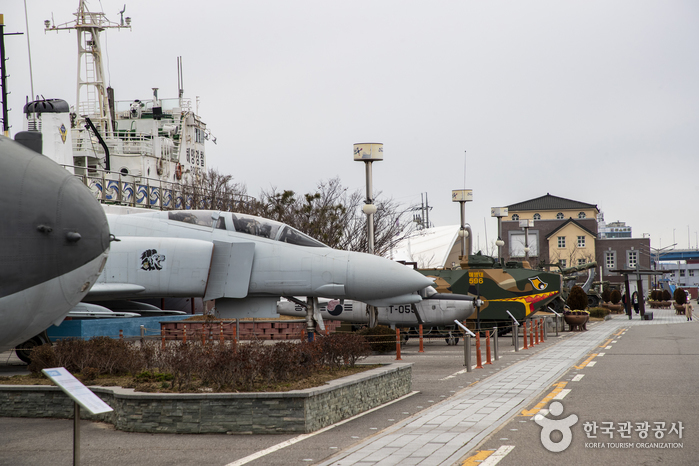
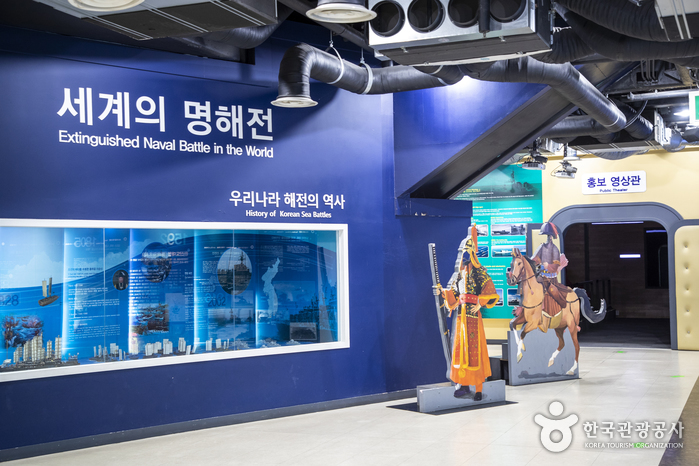
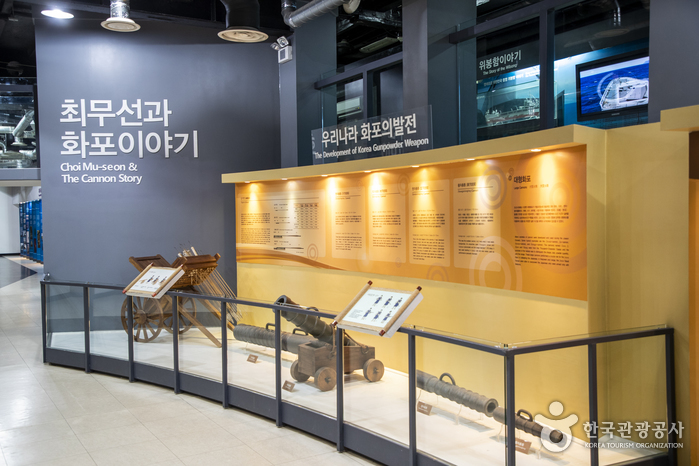
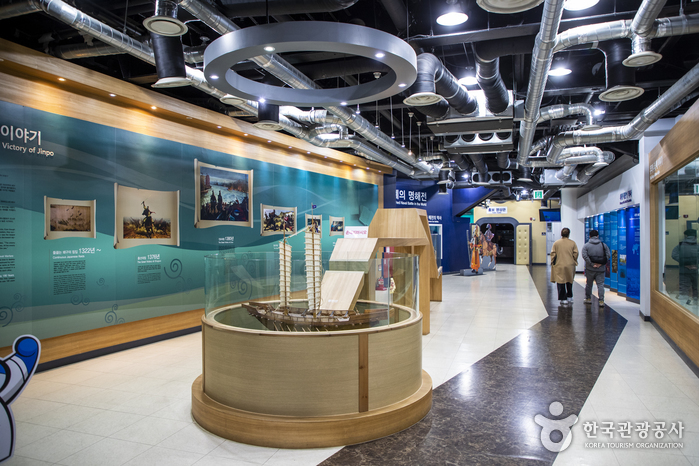
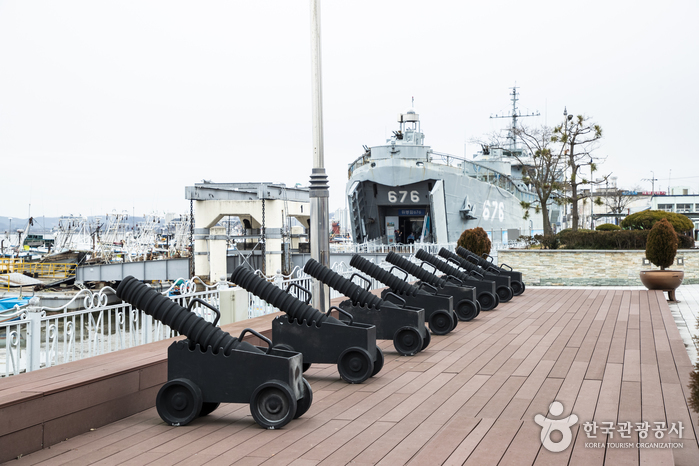
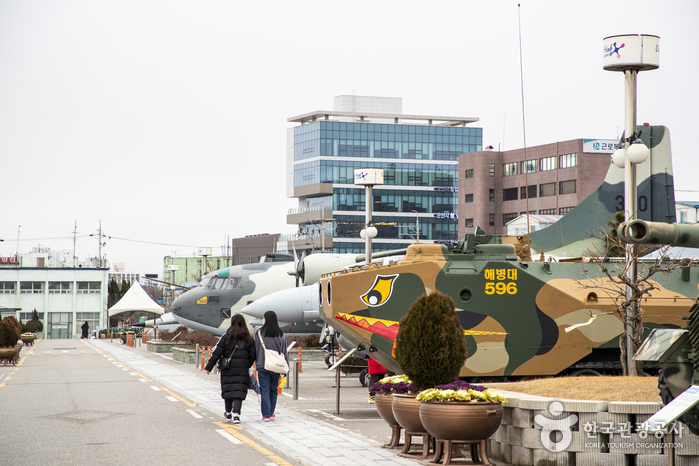

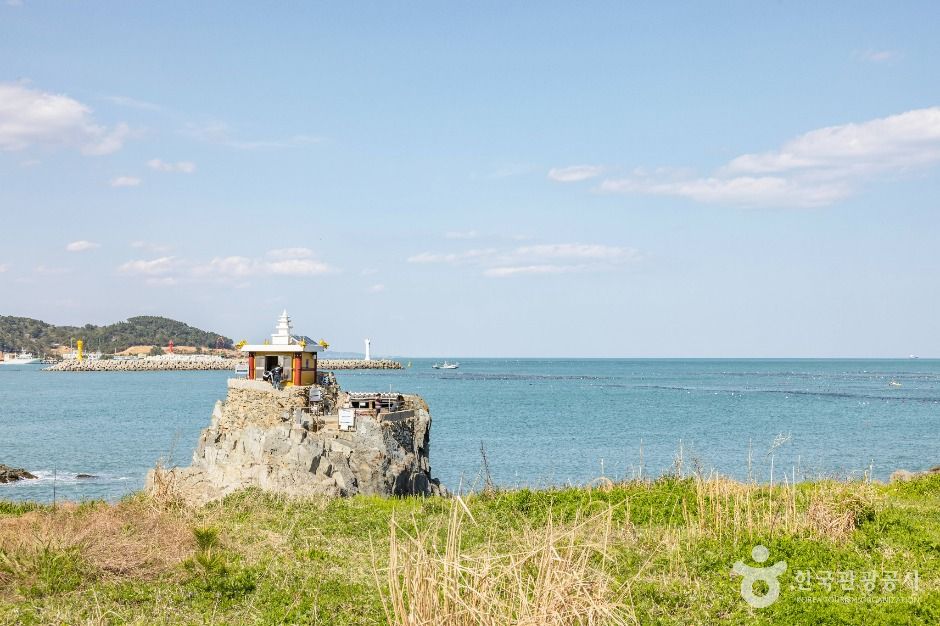
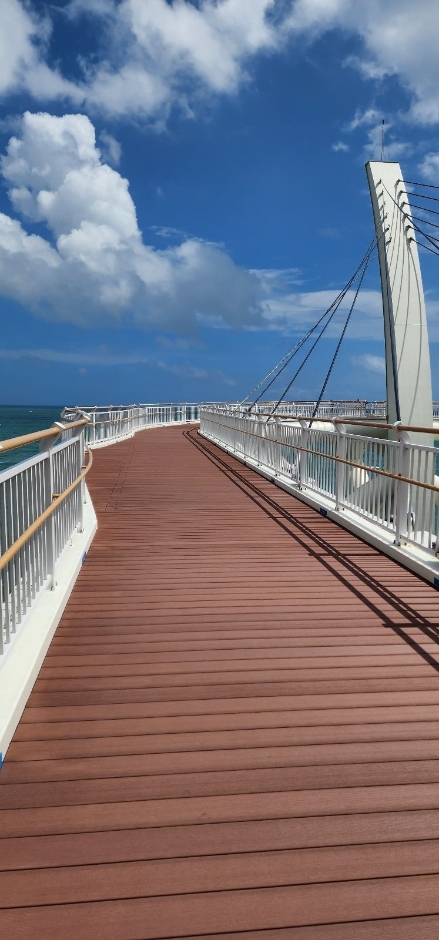
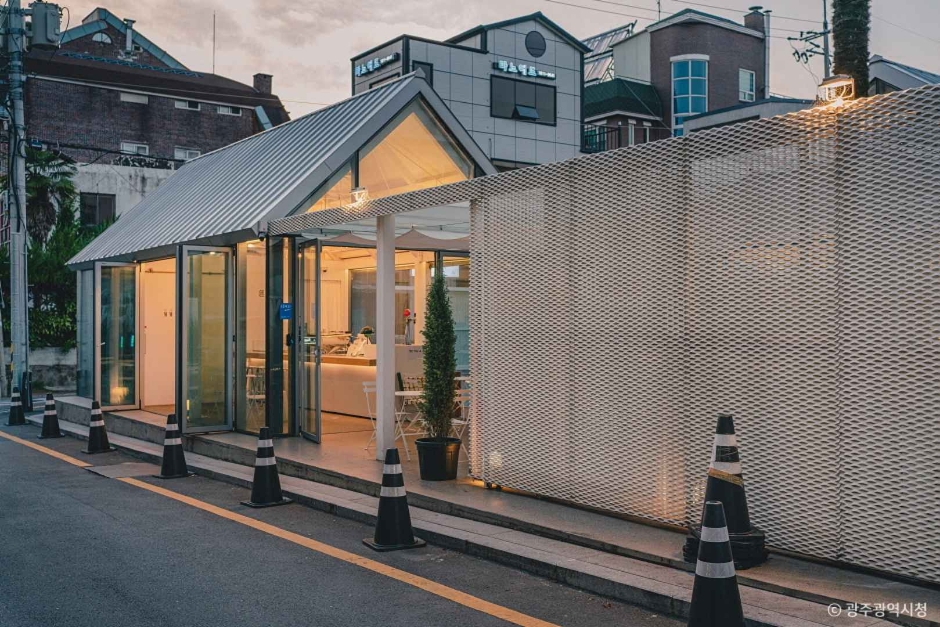
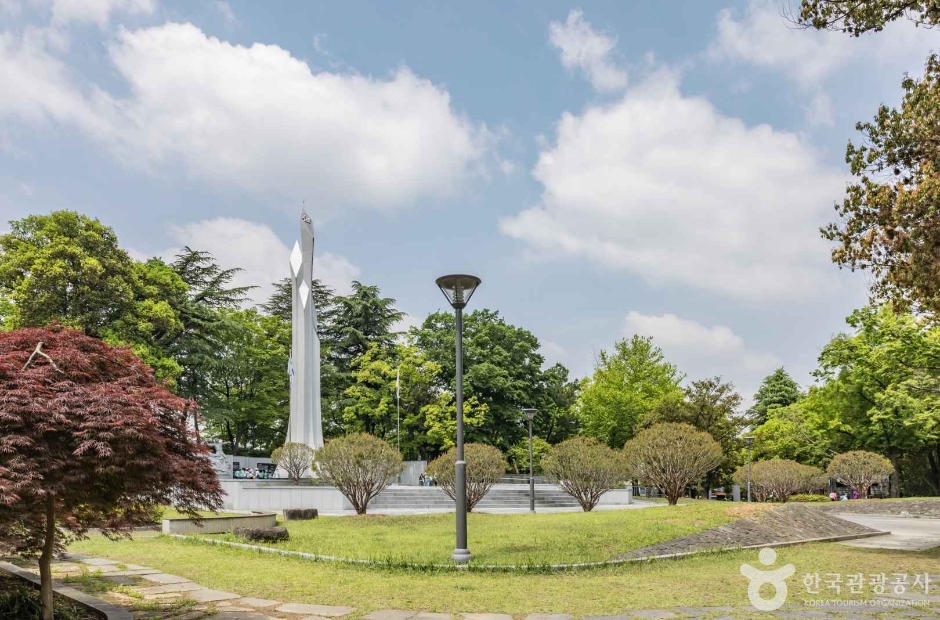
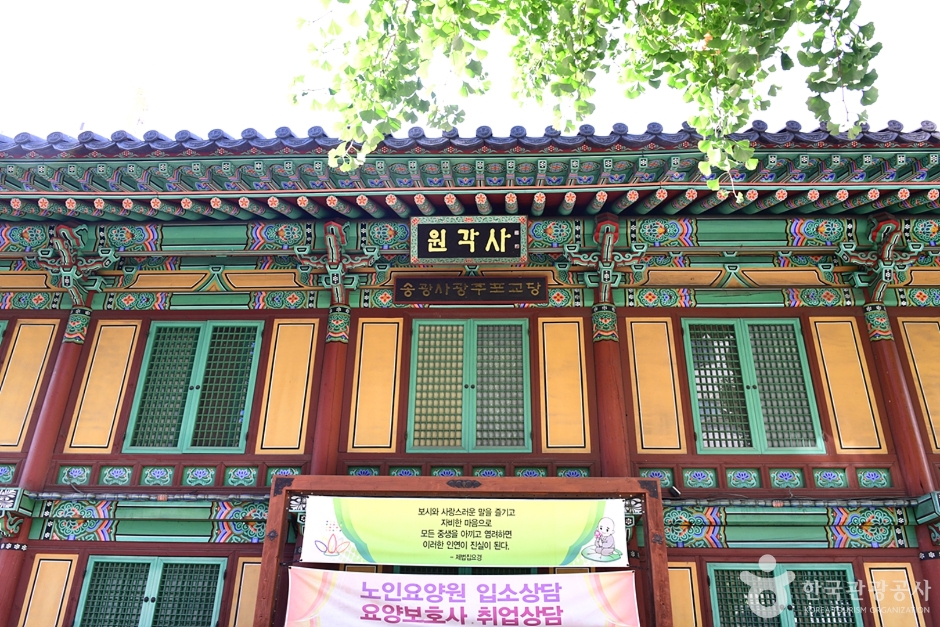
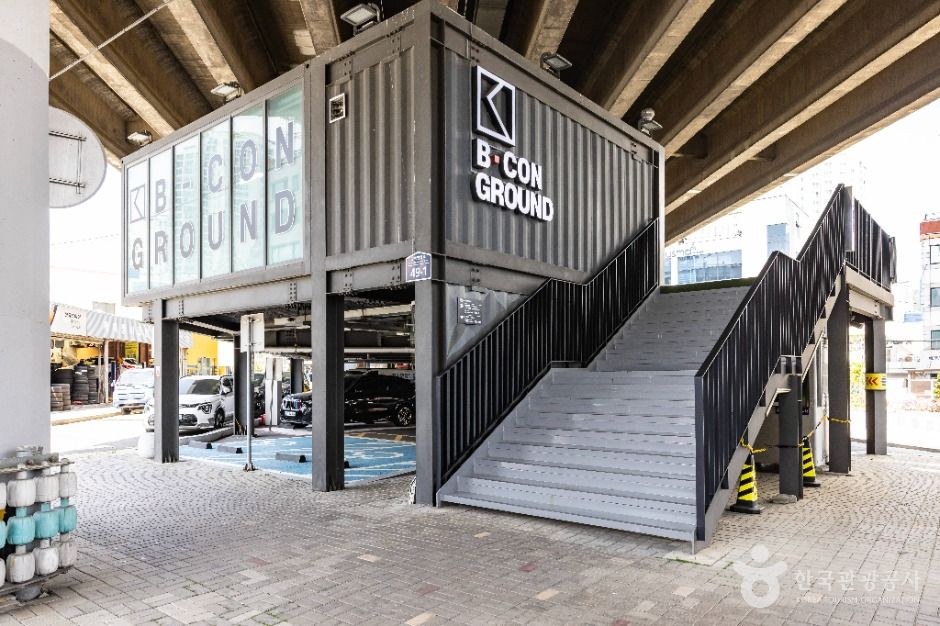

 English
English
 한국어
한국어 日本語
日本語 中文(简体)
中文(简体) Deutsch
Deutsch Français
Français Español
Español Русский
Русский